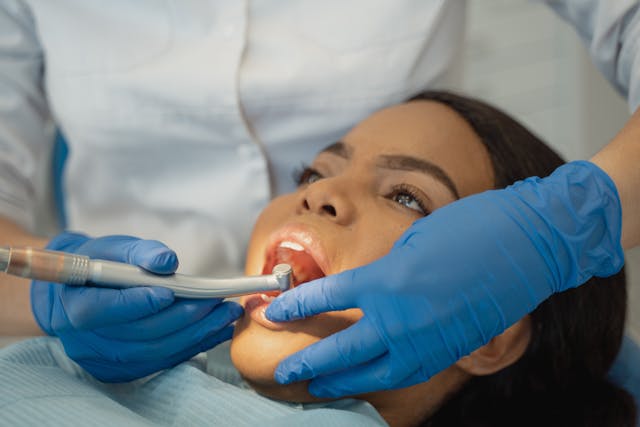Table of Contents
ToggleEmbarking on the journey of wisdom teeth removal is a common experience that many individuals undergo. While the focus is often on post-operative care and dietary restrictions, questions about when to resume physical activities are equally crucial. This blog aims to guide individuals through the considerations and timelines for safely reintroducing exercise after wisdom teeth removal near me.
The First 24-48 Hours: Rest and Recovery
In the initial 24 to 48 hours post-surgery, it’s imperative to prioritize rest and minimize physical exertion. This period allows the body to kickstart the healing process without unnecessary strain on the surgical sites. Rigorous physical activities, including intense workouts or heavy lifting, should be strictly avoided during this crucial phase.
- Immediate Post-Op Guidelines:
Follow the specific guidelines provided by your oral surgeon or dentist. These guidelines may include recommendations for limited physical activity, avoiding strenuous exercise, and maintaining a gentle approach to movement.
- Listen to Your Body:
Pay close attention to your body’s signals during the initial recovery phase. If you experience discomfort, swelling, or increased bleeding, it’s a sign that your body needs more time to heal. Rest remains the primary focus during this early stage.
The First Week: Gradual Introduction of Light Activities
As the initial days progress after wisdom teeth removal Sydney, a gradual reintroduction of light activities can be considered, but with caution. The level of physical activity will largely depend on individual factors, including the complexity of the extraction, overall health, and the presence of any complications.
- Walking and Gentle Stretching:
Incorporate light walking and gentle stretching into your routine during the first week. These activities promote blood circulation, reduce stiffness, and help maintain overall well-being without placing excessive strain on the surgical sites.
- Avoid High-Impact Activities:
Steer clear of high-impact activities that involve jumping or rapid movements. Activities such as running, weightlifting, and intense cardio workouts can jeopardize the healing process and increase the risk of complications.
The Second Week: Slow Progression
Heading into the second week, individuals can consider a slow progression toward more moderate physical activities, but with continued caution and awareness of their body’s response.
- Low-Intensity Workouts:
Opt for low-intensity workouts that focus on controlled movements and do not exert excessive force on the jaw or head. Examples include stationary cycling, light resistance training, or yoga.
- Maintain Hydration:
Staying hydrated is crucial during the recovery process. Proper hydration supports overall healing and helps alleviate any potential discomfort or dryness in the mouth.
Beyond Two Weeks: Return to Normal Activities
After the initial two weeks, most individuals can gradually return to their normal physical activity routine, provided they have received the green light from their oral surgeon or dentist.
- Listen to Professional Advice:
Always follow the guidance provided by your dental professional. If they recommend an extended period of limited physical activity or modifications to your exercise routine, it’s crucial to adhere to their advice for optimal recovery.
- Be Mindful of Jaw Movements:
Even as you resume regular physical activities, remain mindful of jaw movements. Avoid excessive jaw-opening actions, especially if your workout involves activities like heavy lifting or certain yoga poses
Recovery from impacted wisdom teeth removal near me is a personalized journey, and the timeline for resuming physical activities varies from person to person. Always consult with your oral surgeon or dentist to ensure you are on the right track, and remember that a slow and steady approach to physical activity will contribute to a smoother recovery and overall well-being.

